-
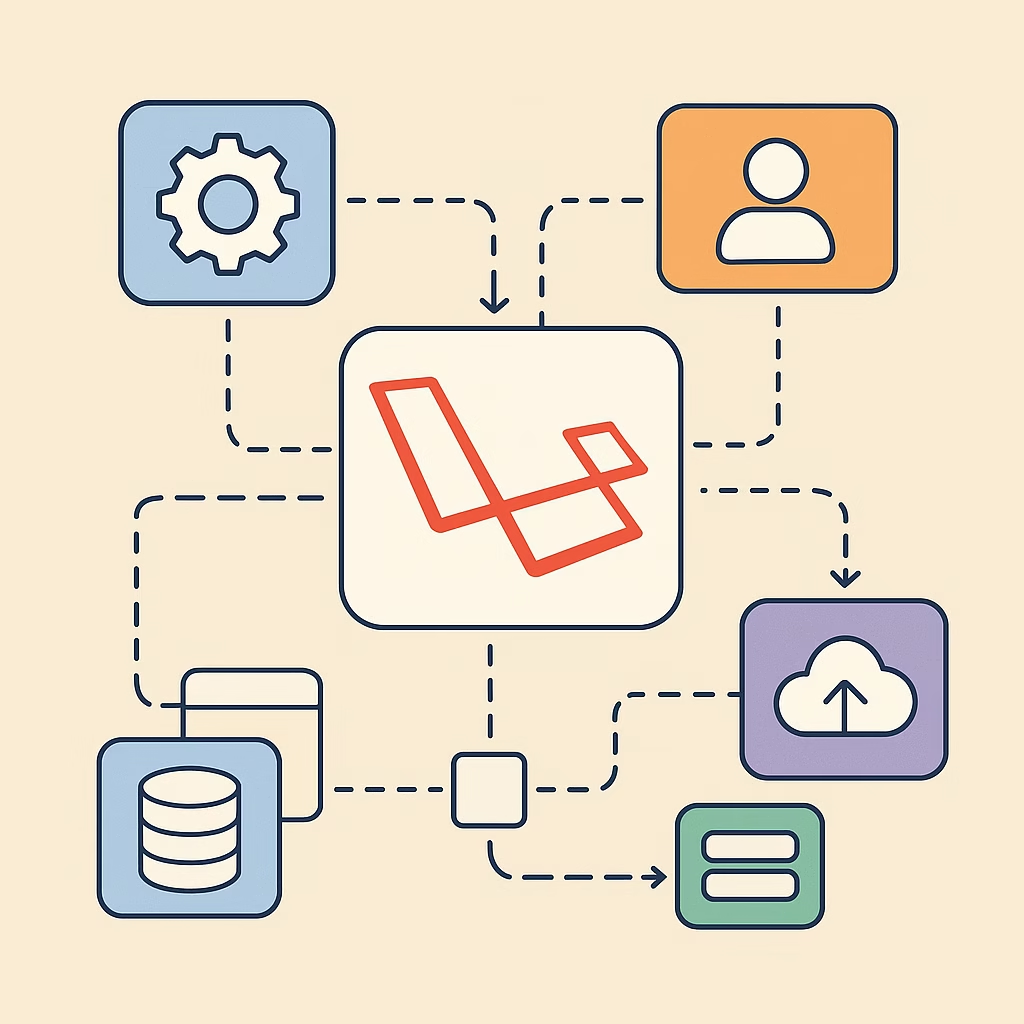
Lessons Learned Building Microservices with Laravel
Over the past few years, I’ve been working with Laravel in a microservices architecture, building smaller, independent services instead of one big monolith. At first, I assumed Laravel was “too heavy” for this style of development—that it was better suited for large, monolithic applications. But as I experimented more, I quickly discovered that Laravel’s ecosystem…
-
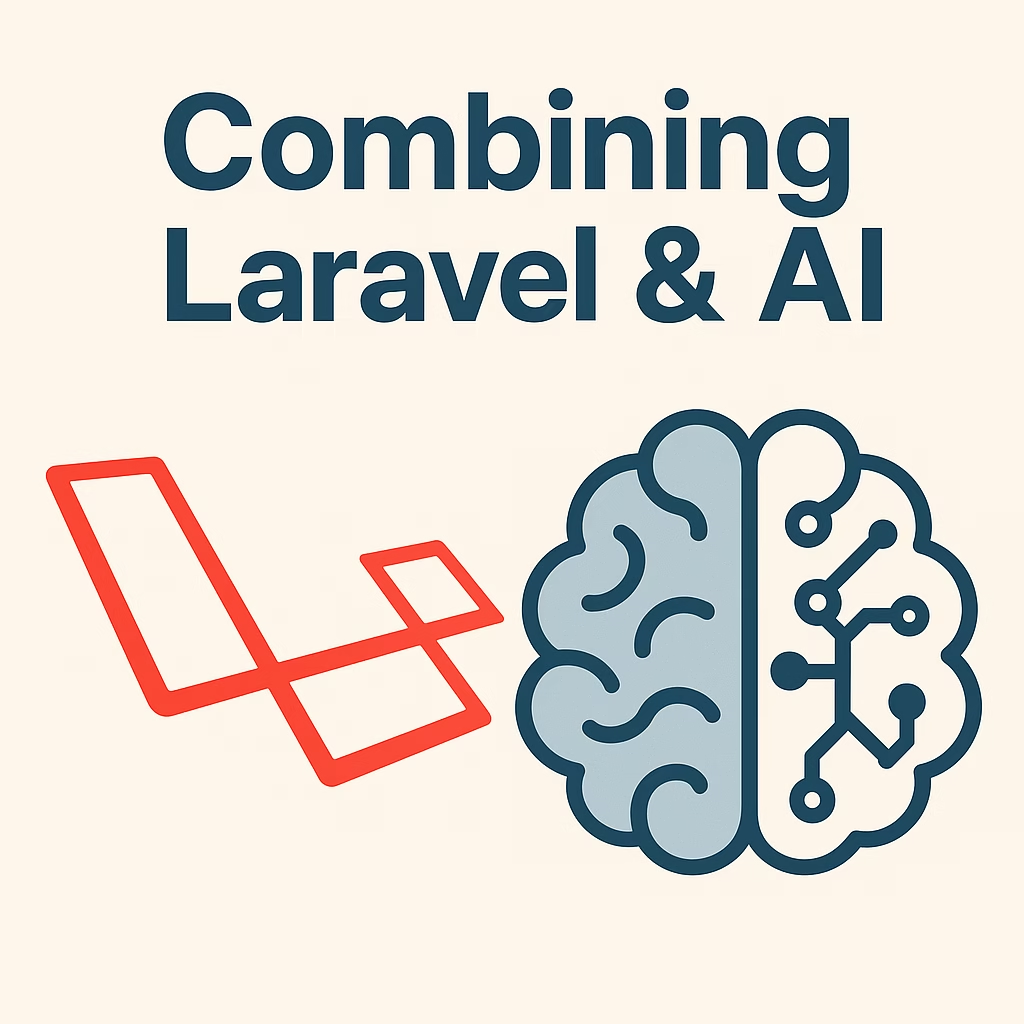
Laravel + AI: Building an AI-Powered Feature with Laravel
Artificial Intelligence isn’t just a buzzword anymore – it’s everywhere. From chatbots answering your customer questions at midnight, to tools that summarize emails so you don’t have to, AI is quietly (and not so quietly) reshaping the way we build software. And if you’re a Laravel developer, here’s the good news: you don’t have to…
-
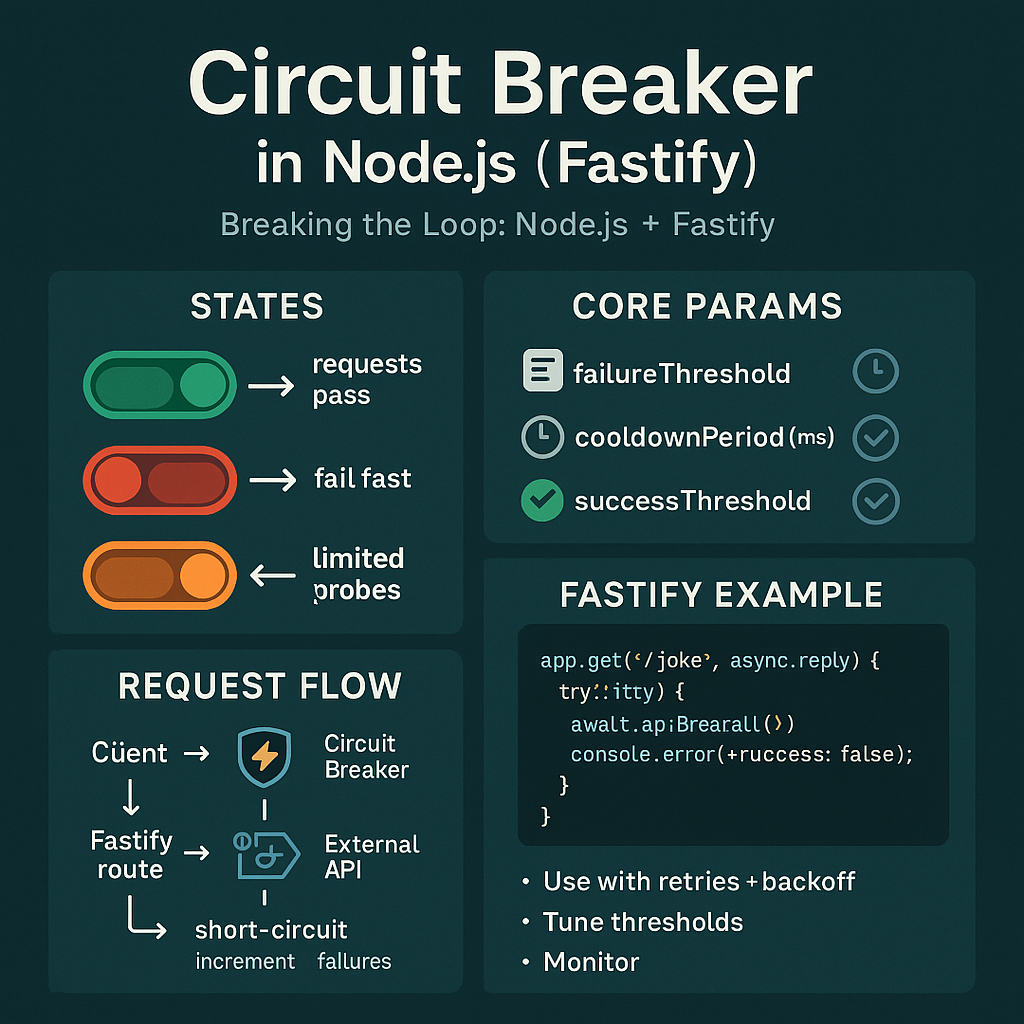
Breaking the Loop: Implementing the Circuit Breaker Pattern in Node.js with Fastify
If you’ve ever built an app that talks to other services—an API, a database, or a third-party provider—you’ve probably faced this: Everything works fine until that external service slows down… or worse, goes offline. Suddenly your app is stuck, retrying requests that will never succeed. Users wait forever. Your logs explode. Your server eats CPU…
-
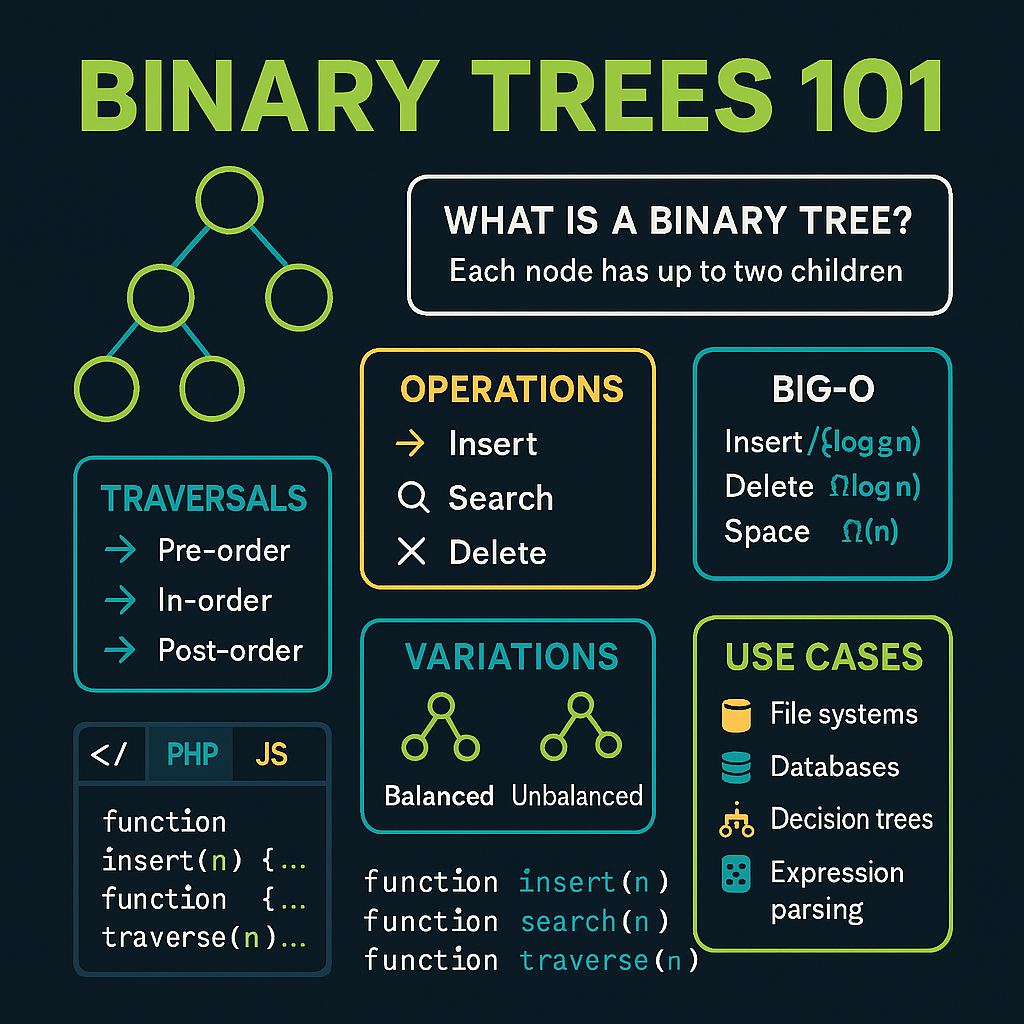
Binary Trees 101: Building, Traversing, and Searching
If you’ve spent any time around computer science, you’ve probably heard the term binary tree. They pop up everywhere—databases, file systems, even machine learning models. But what exactly are they, and why do developers love them so much? In this post, we’ll break down binary trees in plain language, explore their key features, and walk…
-
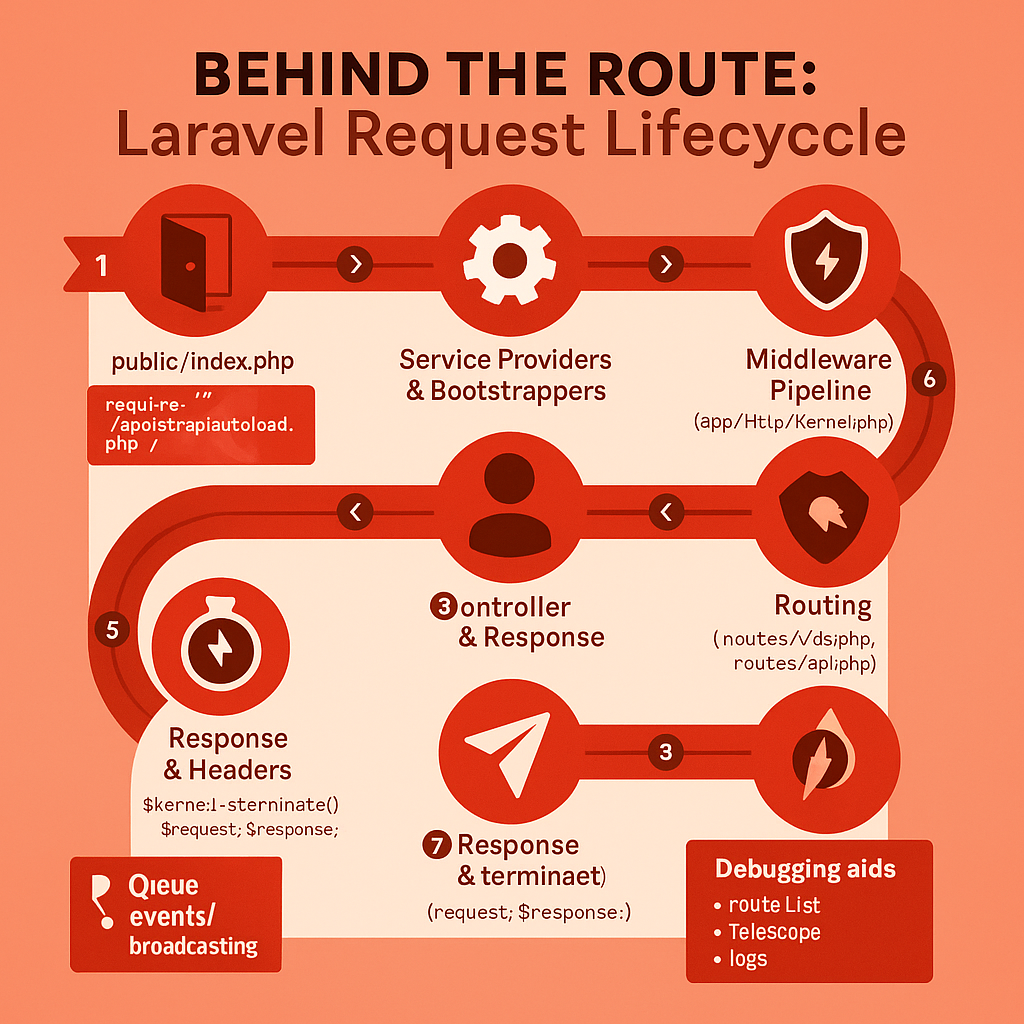
Behind the Route: Walking a Request Through Laravel
If you’ve ever wondered what really happens behind the scenes when your Laravel app receives a request, you’re not alone. Laravel’s request lifecycle is one of those topics that feels complex at first—but once you understand it, it becomes a powerful tool for debugging, optimization, and customization. Let’s walk through it step by step, starting…
-
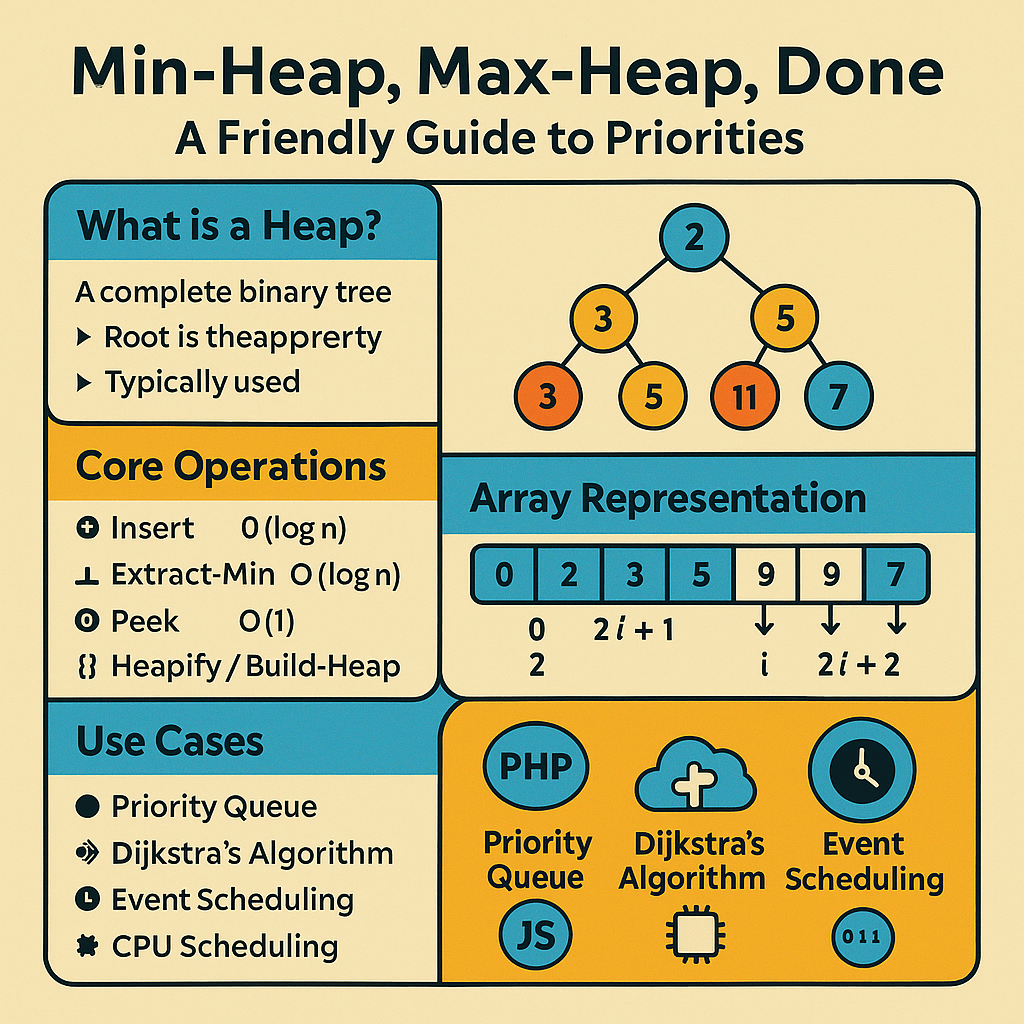
Min-Heap, Max-Heap, Done: A Friendly Guide to Priorities
Data structures play a vital role in computer science, providing efficient storage, retrieval, and manipulation of data. Among the myriad data structures available, heaps stand out as versatile and powerful options. Heaps are tree-based data structures that prioritize the order of elements based on a defined property. They offer efficient operations for insertion, deletion, and…